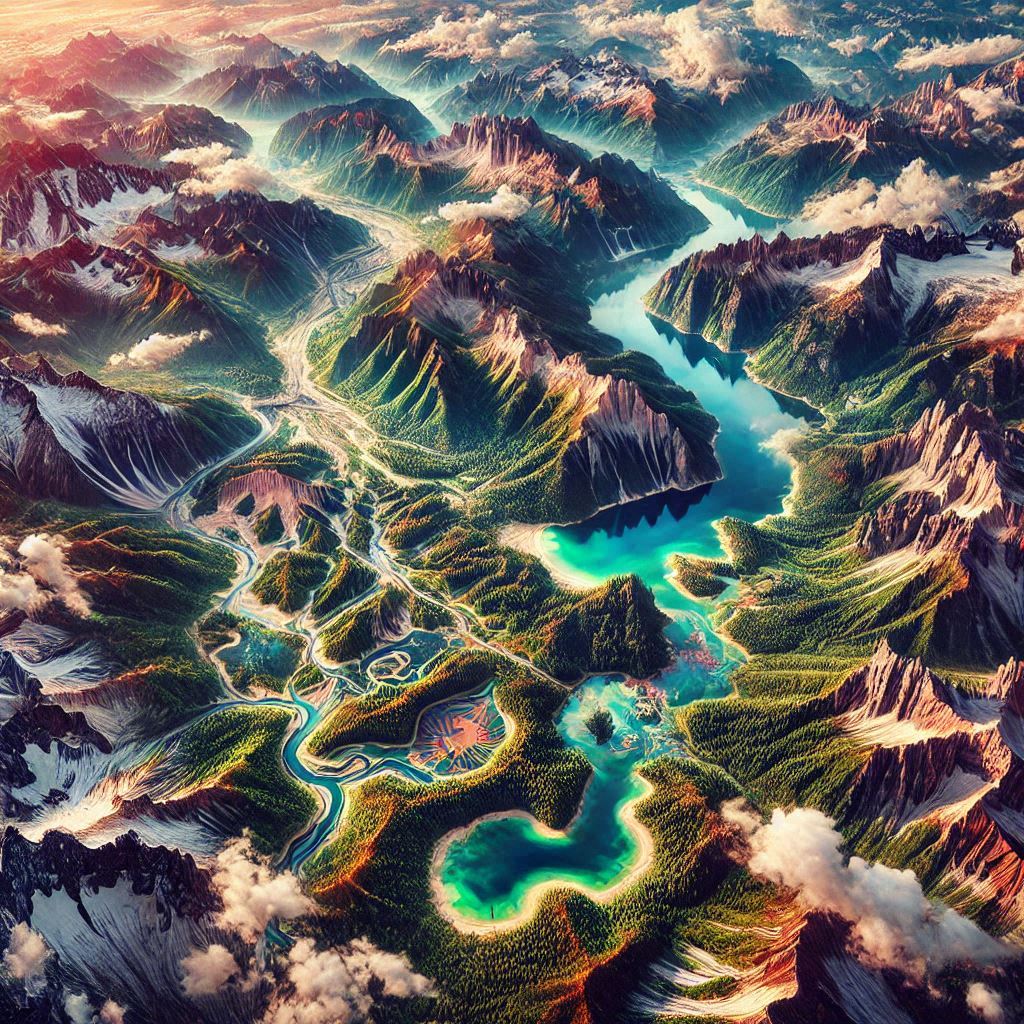What is High-Resolution Imagery?
High-resolution imagery refers to images with a high level of detail and clarity, typically measured by their pixel density. The more pixels an image contains, the sharper and more defined it appears. In today’s digital age, high-resolution imagery plays a critical role in various industries, shaping the way we perceive and interact with the world.
Understanding Resolution in Imagery
Resolution refers to the number of pixels within an image. Think of pixels as tiny tiles in a mosaic—more tiles mean greater detail. When an image has a high resolution, it can display intricate details, making it more visually appealing and accurate.
Parrot Sequoia : Understanding Its Features and Applications
Types of High-Resolution Imager-y
- Digital Photography
- Captures moments with stunning clarity.
- Satellite Imagery
- Provides a bird’s-eye view of the Earth for scientific and planning purposes.
- Medical Imaging
- Enables precise diagnostic tools like MRI and CT scans.

Applications of High-Resolution Imagery
High-resolution imagery has permeated countless areas of life:
- Photography and Media: Enhances the quality of visual content.
- Scientific Research: Aids in studying microscopic and macroscopic phenomena.
- Urban Planning: Improves the accuracy of mapping and infrastructure design.
Spatial Analysis: Mapping the World, Shaping the Future
High-Resolution Imagery in Photography
Professional photographers rely on high-resolution cameras to capture breathtaking visuals. Whether it’s a landscape, a portrait, or an event, higher resolution ensures every detail is preserved. Even hobbyists can take their craft to new heights with better resolution tools.
Impact on Industries
Industries like real estate and marketing have embraced high-resolution imag-ery to showcase products and services effectively. Virtual tours and high-definition ads create immersive experiences that engage customers.
High-Resolution Satellite Imagery
Satellite imagery is revolutionizing environmental monitoring and disaster management. With precise data, experts can predict weather changes, assess damage, and plan rescue operations.
Medical Advancements Through High-Resolution Imagery
In healthcare, high-resolution imaging techniques such as MRI and CT scans have significantly improved diagnostic accuracy. Doctors can now detect abnormalities with greater precision, leading to better patient outcomes.
How High-Resolution Imagery Transforms Daily Life
From streaming ultra-HD videos to sharing crystal-clear photos on social media, high-resolution imag-ery has become integral to modern living. It elevates our entertainment and communication experiences, making everything visually engaging.
Advantages of High-Resolution Imagery
- Enhanced Details: Captures every nuance for a richer visual experience.
- Improved Accuracy: Crucial for applications like mapping and diagnostics.
Challenges of High-Resolution Imagery
While it’s powerful, high-resolution image-ry demands more storage and higher bandwidth. Managing large files can be challenging, especially for industries handling extensive databases.
Geospatial Information Science: The Modern Framework Of Our World
Future Trends in High-Resolution Imagery
The future promises even higher resolutions, such as 8K and beyond, alongside AI-driven enhancements. These advancements will redefine standards across various fields.
How to Access High-Resolution Imagery

From free resources like NASA’s public image galleries to premium stock photo websites, there are plenty of options. Tools like Adobe Photoshop and Lightroom help users create stunning visuals.
Tips for Creating High-Resolution Imag–ery
- Use high-quality cameras and lenses.
- Opt for proper lighting conditions.
- Edit using advanced software to enhance details.
Wrap-Up
High-resolution imager-y is more than just visually appealing; it’s a tool that enhances our understanding and interaction with the world. Its applications span industries, and its future holds even greater promise.
FAQs
- What defines high-resolution im-agery?
It’s defined by the pixel density, which determines the clarity and detail of an image. - How does resolution impact image quality?
Higher resolution provides sharper, more detailed visuals, while lower resolution results in pixelation. - What are some industries using high-resolution im-agery?
Photography, medicine, real estate, marketing, and environmental sciences, to name a few. - Is high-resolution imager-y necessary for social media?
Yes, it enhances content appeal, increasing engagement and reach. - What’s the future of high-resolution imag–ery?
Innovations like 8K resolution and AI integration will set new standards.

One Reply to “High-Resolution Imagery: The Way We See the World”